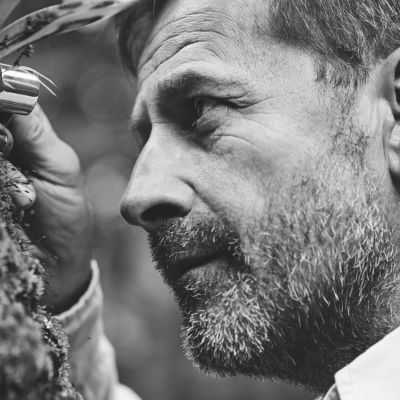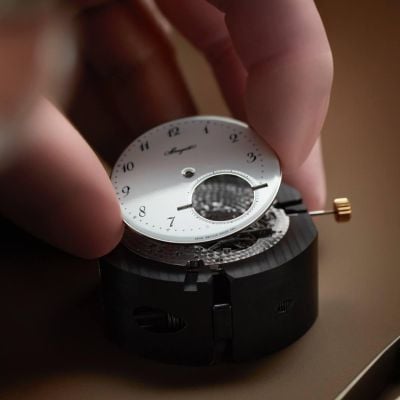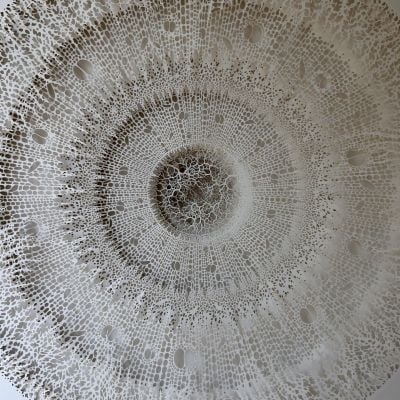Power Hitters
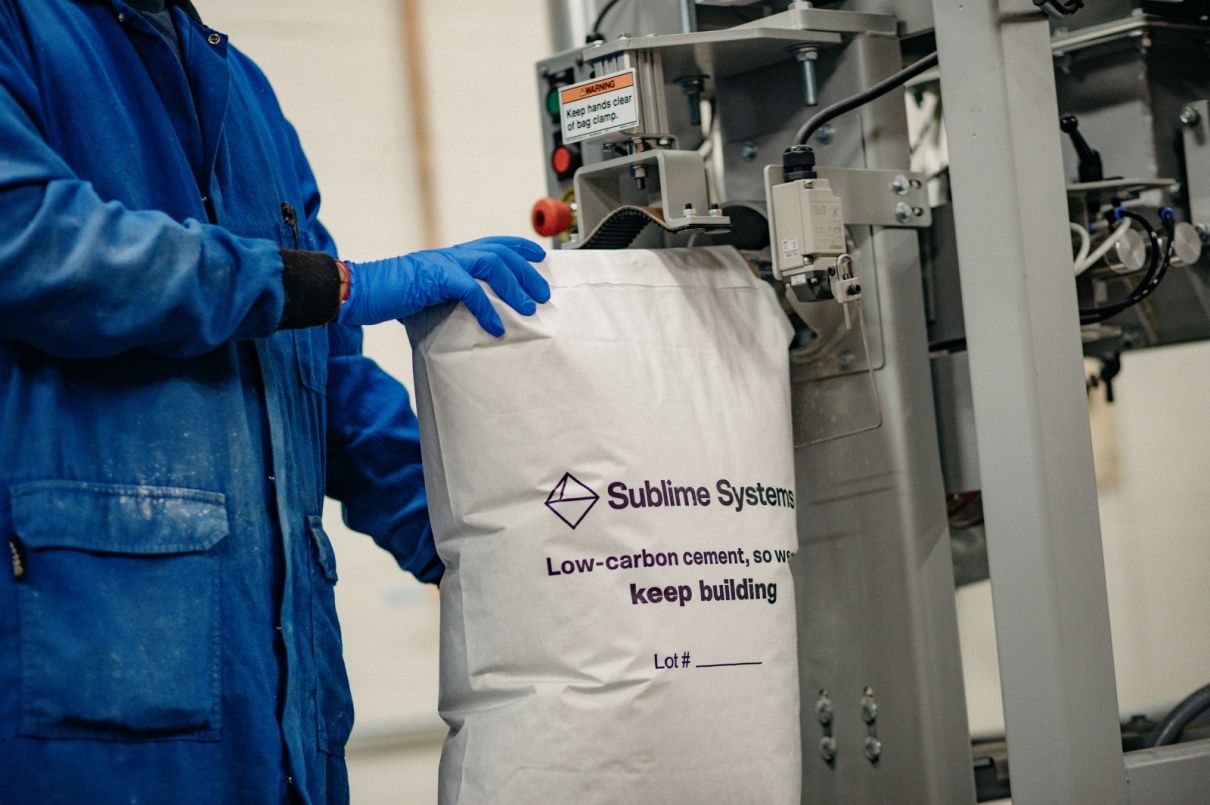
Three young entrepreneur-inventors using electricity to disrupt old, polluting ways.
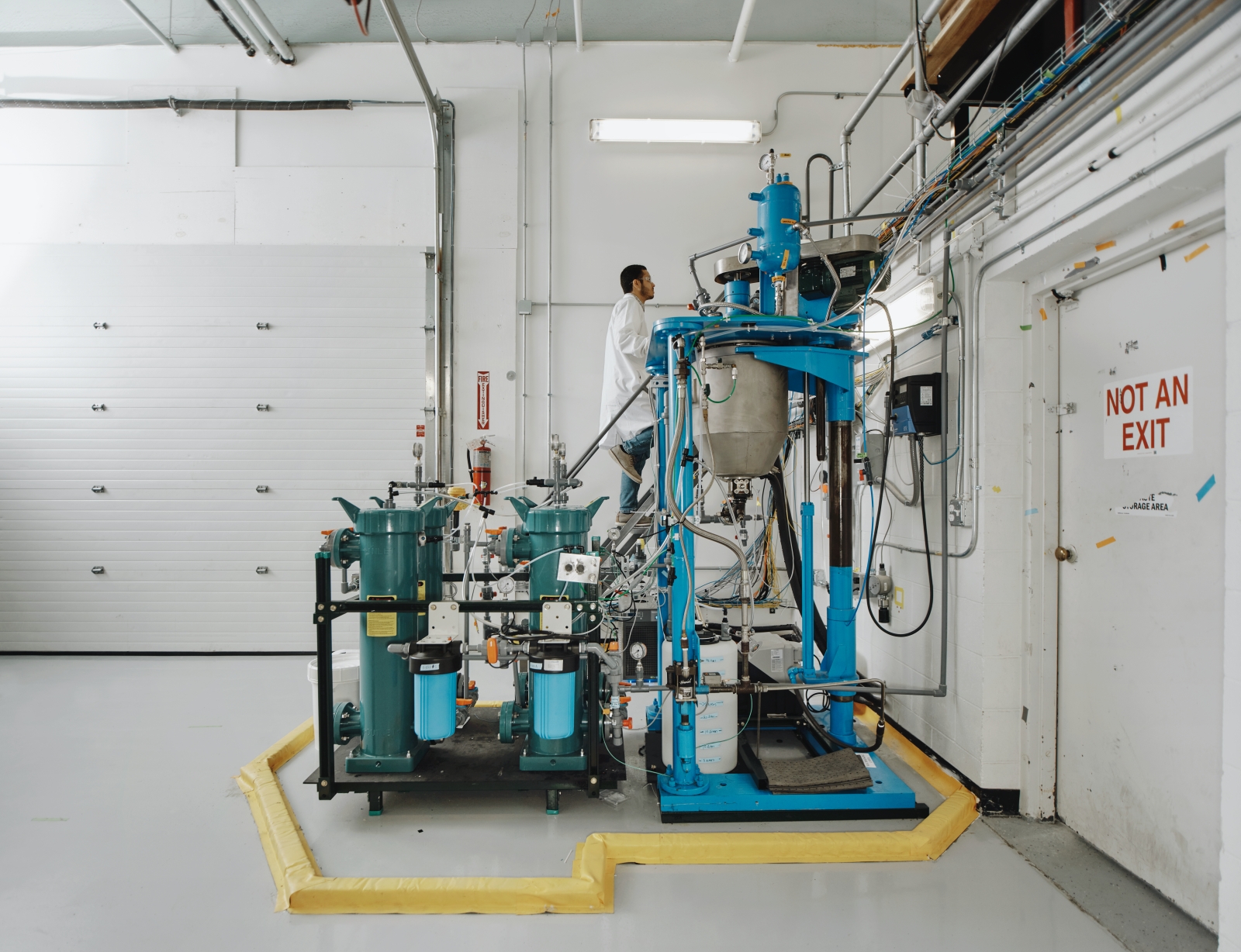
Climate tech could provide a breakthrough to massively cut the emissions of some of the world’s most polluting industries. We look at three of the most innovative start-ups replacing fossil fuels with electricity to create scalable and sustainable solutions and processes.
Leah Ellis, US: Sublime Systems
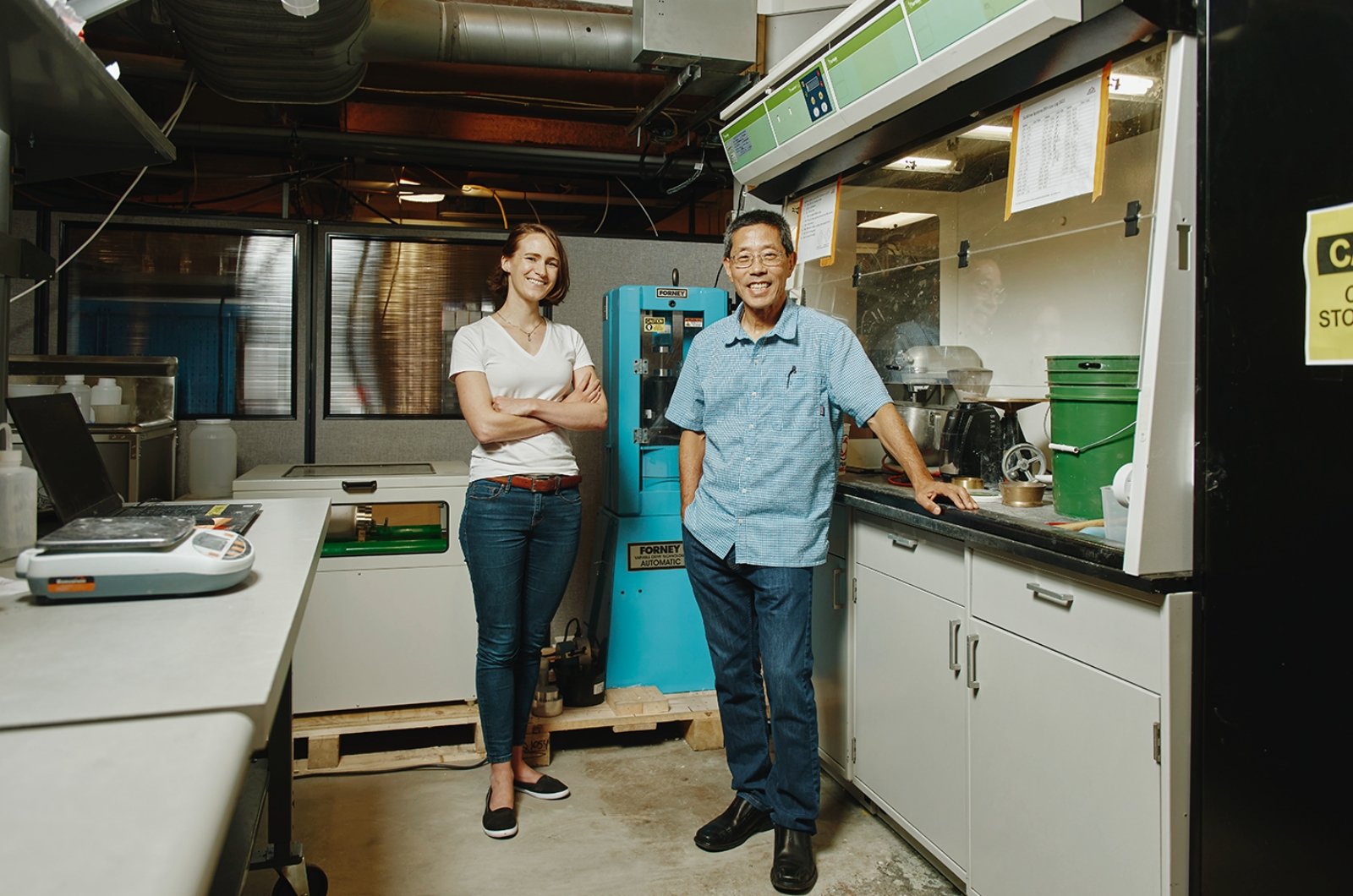
Chemist Leah Ellis is co-founder of a clean cement maker Sublime Systems, which she describes as “the electric vehicle of cement making”. In an industry known for its inertia, it replaces legacy kilns with an electrochemical process that makes cement at ambient temperature, extracting calcium and silicates from raw materials. She co-founded the company with MIT professor Yet-Ming Chiang.
“Fully electrified cement manufacturing now makes sense because of the clean, cheap, renewable energy that is proliferating throughout the globe,” says Ellis. “Our electrochemical process also relies on technologies from other industries that didn’t exist when modern cement manufacturing was invented, like membranes, electrodes, catalysts, and electrolysers. We believe this approach to cement manufacturing will be obvious in retrospect.”
In answer to why it hasn’t been done before, she cites “industry stoicism” or an “incremental approach to decarbonisation that only leans on clean-up and not carbon avoidance”. With all new clean technologies, the major questions are always whether it can scale, how long it will take, and how much it will cost end buyers. Ellis says that when produced at scale, Sublime Cement will cost as much as today’s ordinary Portland cement (OPC), and less than OPC that is decarbonised through carbon capture and storage.
“Our ‘true-zero’ manufacturing process avoids emissions, unlike a net-zero process that pollutes and cleans up. Carbon removal always adds capital and operating costs for a more expensive final product; decarbonising OPC, which emits nearly a tonne of CO2 for every tonne of cement it produces, requires an equally sized CCS plant tacked onto every OPC plant. Our Sublime Cement will be both a cost-effective building material and solution for addressing climate change,” says Ellis.
Naturally, hurdles are many. Safety testing is a major one, but also the need to scale quickly to avoid the building of new dirty cement plants in emerging markets. “Cement plants are built to last 50-100 years, and cement production in places like India and Africa is expected to triple by 2050. If we can move quickly to deploy and scale our carbon-avoiding manufacturing process, we can prevent a century of dirty growth in these regions. We need investors, business leaders, and policy makers to recognise the promise of carbon-avoidance technology and deploy funding and resources there now.”
Richard Hardiman, Rotterdam: WasteShark
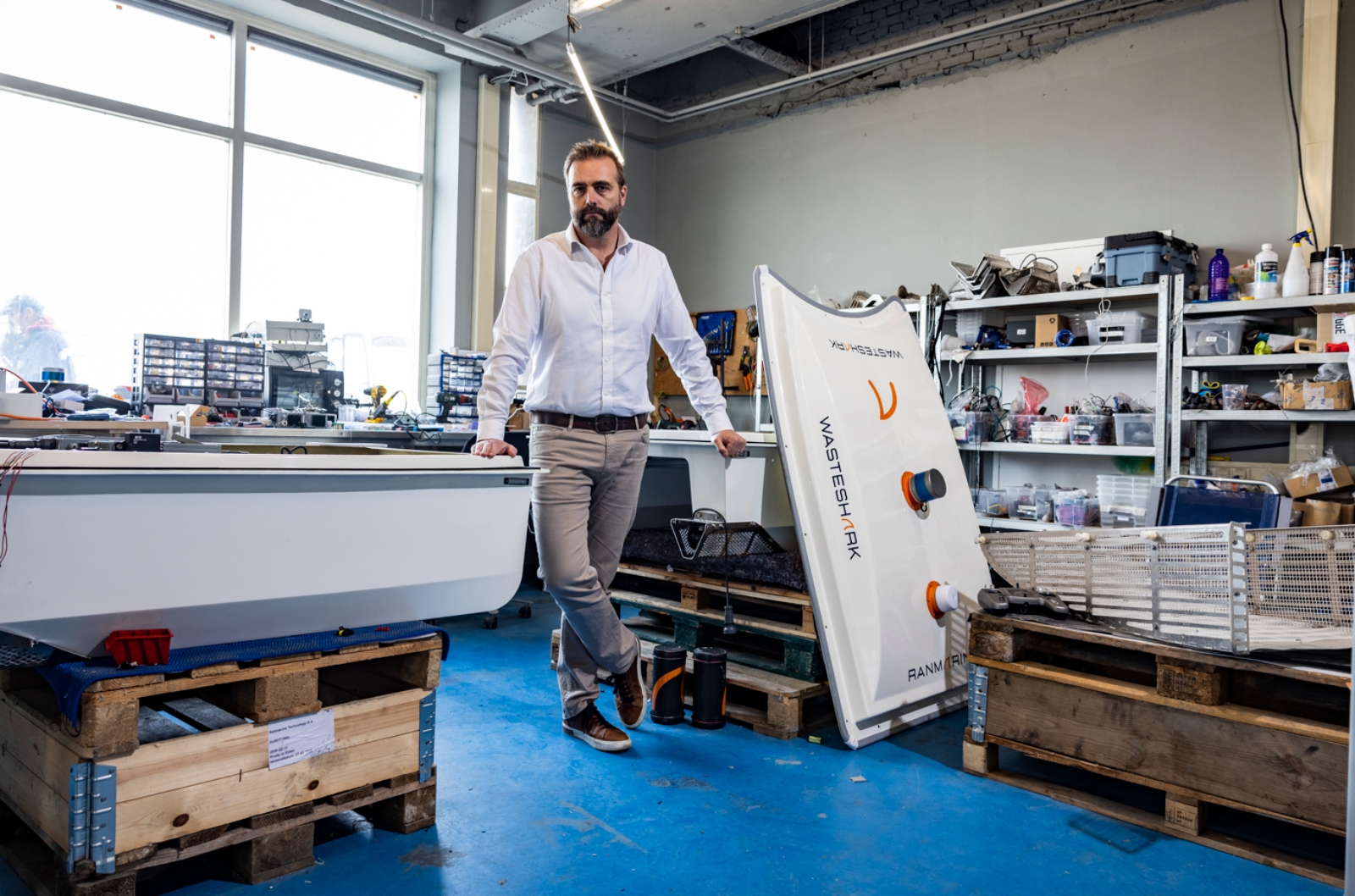
South Africa-born Richard Hardiman had an engineering background but pursued a successful career as a radio DJ. However, he couldn’t escape the nagging feeling that his life wasn’t purposeful enough. “It was vacuous. Once you turned the mic off, that was it, there was nothing I left behind.” In 2013 he was observing some fishermen cleaning the harbour manually with a fishing net. “This seemed very inefficient, but when I looked around the world it was how everyone was doing it.”
With the help of YouTube videos and an informal programming club, he built a prototype of a floating electric drone, called WasteShark, which would collect ocean waste without harming wildlife or humans. He tried out the prototype in a pool and controlled it using his mobile phone; it collected pieces of waste like plastic bottles, crisp packets, footballs, down to 5mm microplastics.
“It’s a gamechanger, you leave it in the water for an hour then it will send an alert when it is done, then take it out to charge,” he says. “It seems ironic that cleaning the oceans has been done by a fossil-fuel-powered boat up until now,” he adds.
With the help of a Rotterdam-based accelerator he was able to get the machine into production. Now on its eighth iteration, there are some 100 WasteSharks deployed throughout 25 countries, including the UK, US, Canada, Australia, India, Netherlands, the Bahamas and the Maldives. Some have been purchased by governments, some by corporates and some by non-profits, such as WWF, the UN and Lifegate to donate to poor nations. The company has raised some €4 million from grant funding and is on track to list its shares on the US stock exchange Nasdaq soon.
The high cost of the drone is a barrier to entry for many, he admits, at €35,000, but there is a leasing option of €1,000 a month. “As the company scales, our materials will come down in price and we can make the leasing price more affordable,” he says.
Moh Sherafatmand, Singapore: Hydroleap
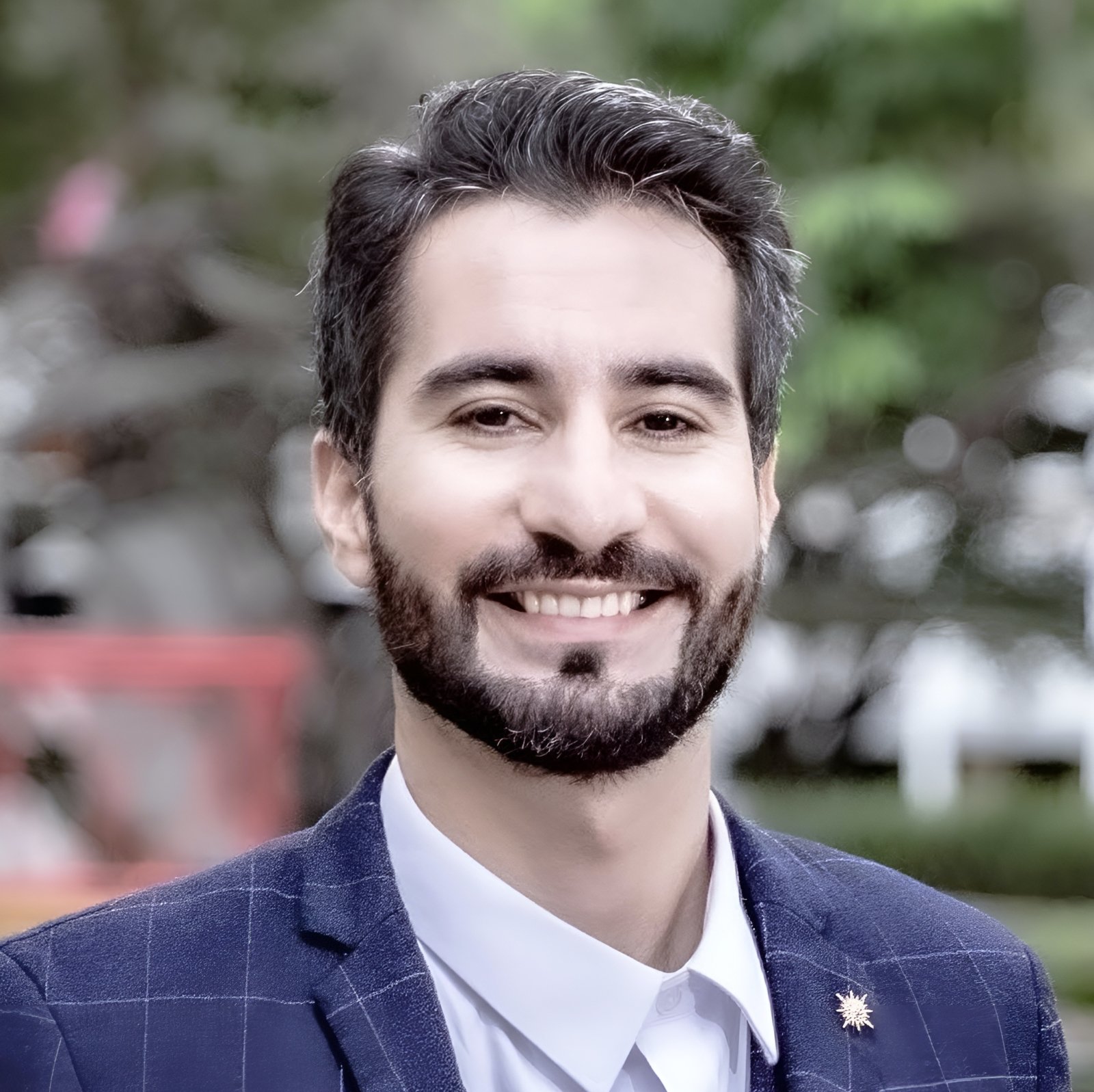
In 2016 Iranian-born Mohammed Sherafatmand had finished a PhD in water technology in Singapore. He had a strong sense of the inadequacies of the current systems used to purify water. “Almost everything you use today, such as your laptop, phone, down to your takeaway coffee cup, is manufactured using water, and that process generates toxic wastewater and heavy metals. All wastewater needs to be treated, and the current process is very old-fashioned and unsustainable.”
According to a 2021 report from Mordor Intelligence, 80 per cent of companies use chemicals such as coagulants and disinfectants to purify water, which may also pollute the atmosphere and produce hard-to-dispose-of sludge. Sherafatmand says: “It struck me as ironic that the current water-treatment process globally utilises chemicals to fight chemicals. The outcome is expensive and harmful to the environment. There had to be a better way.”
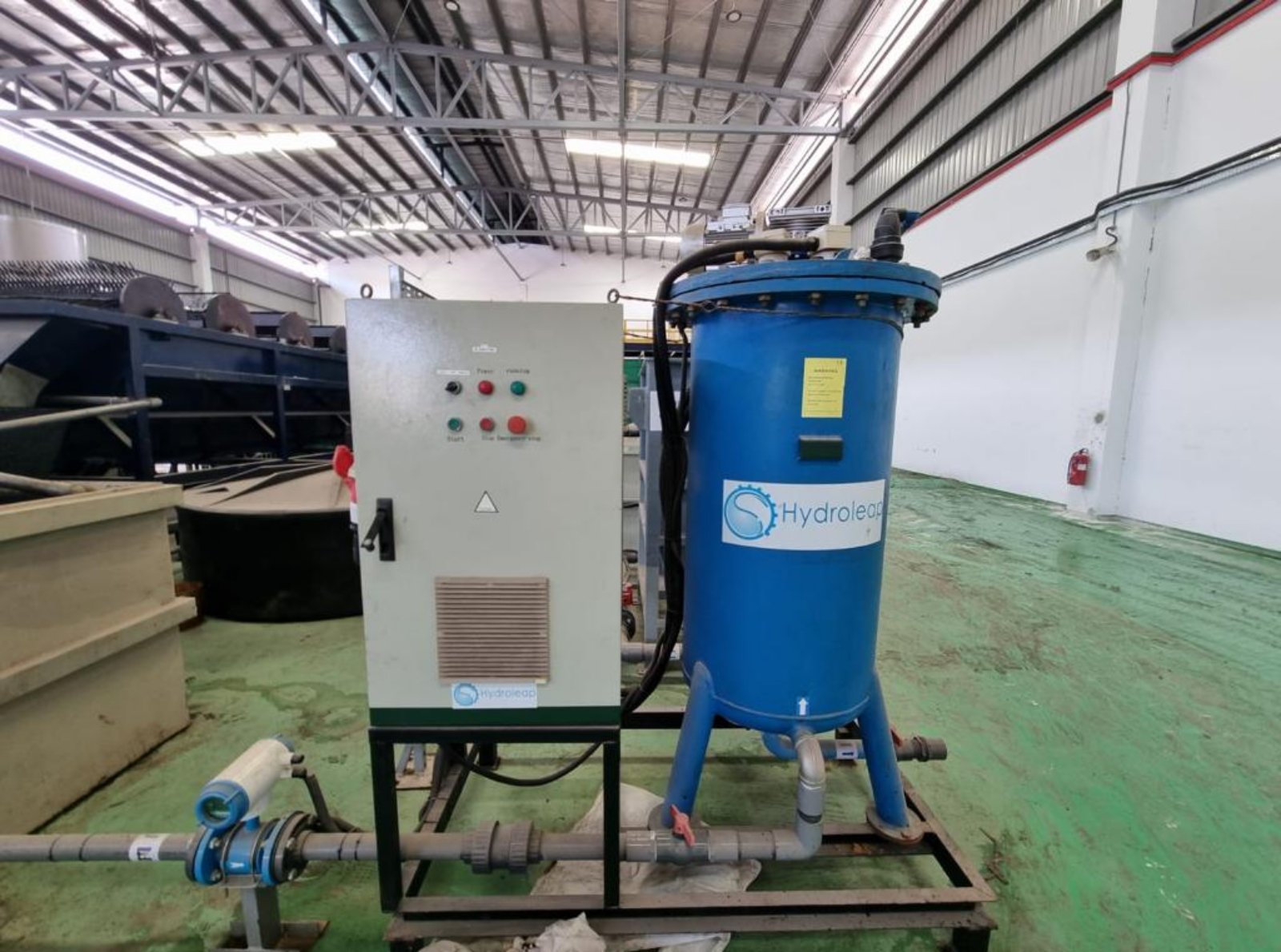
Six years ago, he set up Hydropleap, which uses electrochemistry instead of chemicals to remove contaminants from water by activating chlorides naturally present in the water, generating chlorine as a biocide. This eliminates the need for harsh chemicals. “We break down the pollutants until they become a gas and release it safely.” The next step, according to Sherafatmand, is to extract that gas and turn it into green hydrogen. “It is our goal to develop a closed-cycle technology.”
Twelve different global companies in the textiles, F&B and data centre industries, predominantly in Singapore and Australia, are using Hydroleap’s new technology. The technology takes about two to three months to implement and costs anywhere between US$100,000 and US$2 million to fit, depending on the sizer of the company. Hydroleap is investing more in R&D and has raised US$7.7 million in funding so far from investors and grants, with a view to scaling and bringing down costs of the technology.
This article originally appeared in Billionaire's Impact Issue. To subscribe click here.


